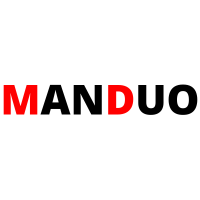概括 Summary:
印花面料图案繁多,选择丰富,以其手感软、外观美、牢度强、质地优等独有长处紧紧吸引了众多服装厂商的关注。
Printed fabrics have a variety of patterns and rich choices. They have attracted the attention of many garment manufacturers with their unique advantages such as soft hand feeling, beautiful appearance, strong fastness and excellent texture.
印花面料已由原来的单面印花发展成双面印花,由单色发展成复色,由小布发展到宽幅布,由土布发展到精棉、棉麻混纺、丝绸等。
Printed fabrics have developed from single-sided printing to double-sided printing, from single-color to multi-color, from small cloth to wide-width cloth, from earthen cloth to fine cotton, cotton and linen blends, silk, etc.
种类&特点:
印花面料是用坯布印花纸高温印染加工而成,按照工艺的不同可以分为转移印花和渗透印花两种,而按照印花的工艺分为手工印花和机器印花。
Printed fabrics are processed by high-temperature printing and dyeing of gray cloth printing paper. According to different processes, they can be divided into transfer printing and penetration printing, and according to the printing process, they can be divided into manual printing and machine printing.
手工印花一般是通过蜡染、扎染、手绘、手工台板印花 等工艺来进行制作印花布料,是一种比较传统的手工艺。
Hand printing is generally made of printed fabrics through batik, tie-dye, hand-painted, hand-plate printing and other techniques, which is a relatively traditional handicraft.
而机器印染则是通过滚筒印花、平网印花、圆网印花、转移印花、喷墨印花、静电印花 、烫花、 烂花、防染、拔染、植绒印花等技术进行的。
The machine printing and dyeing is carried out through roller printing, flat screen printing, rotary screen printing, transfer printing, inkjet printing, electrostatic printing, hot stamping, burn-out, resist dyeing, discharge dyeing, flocking printing and other technologies.

